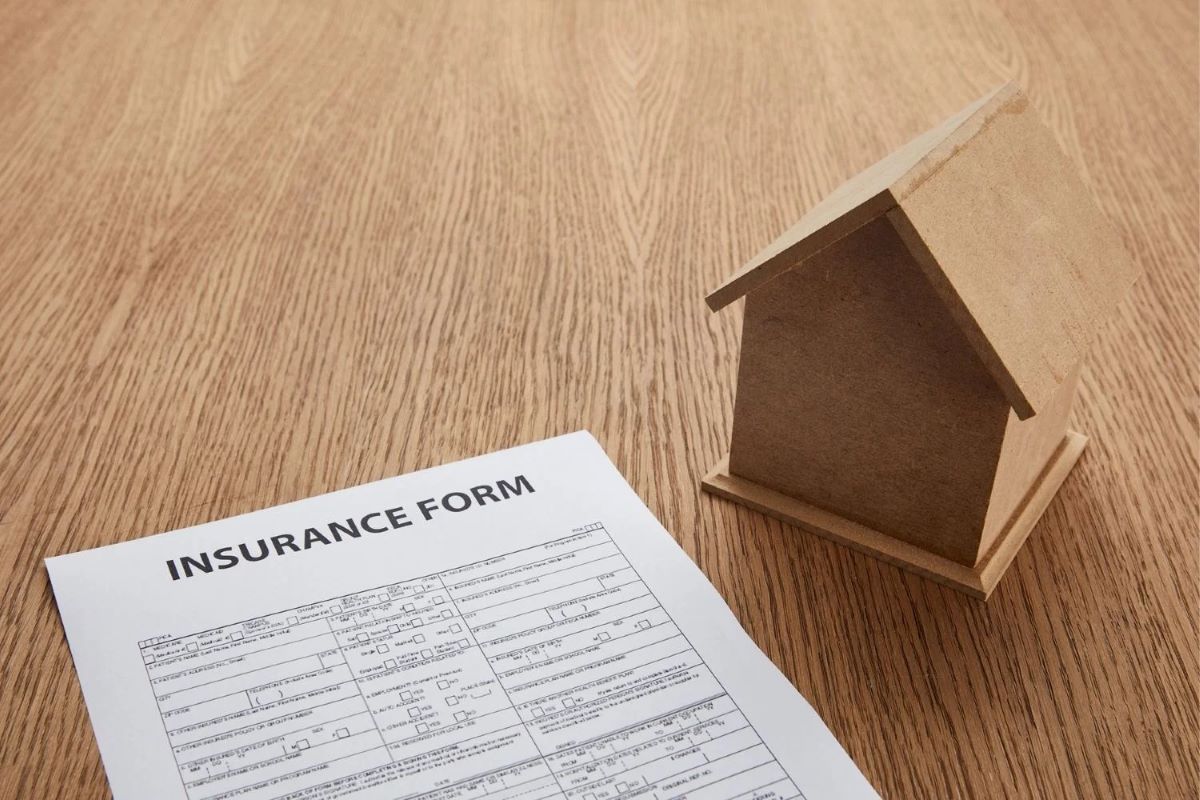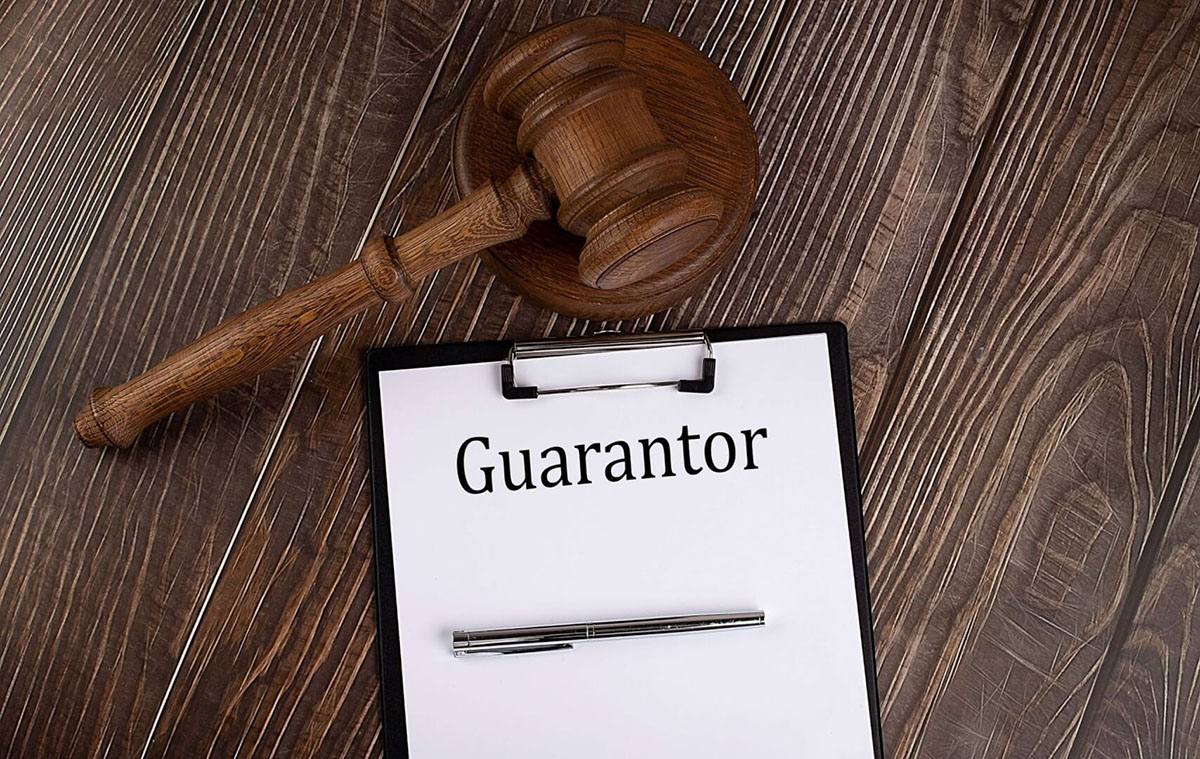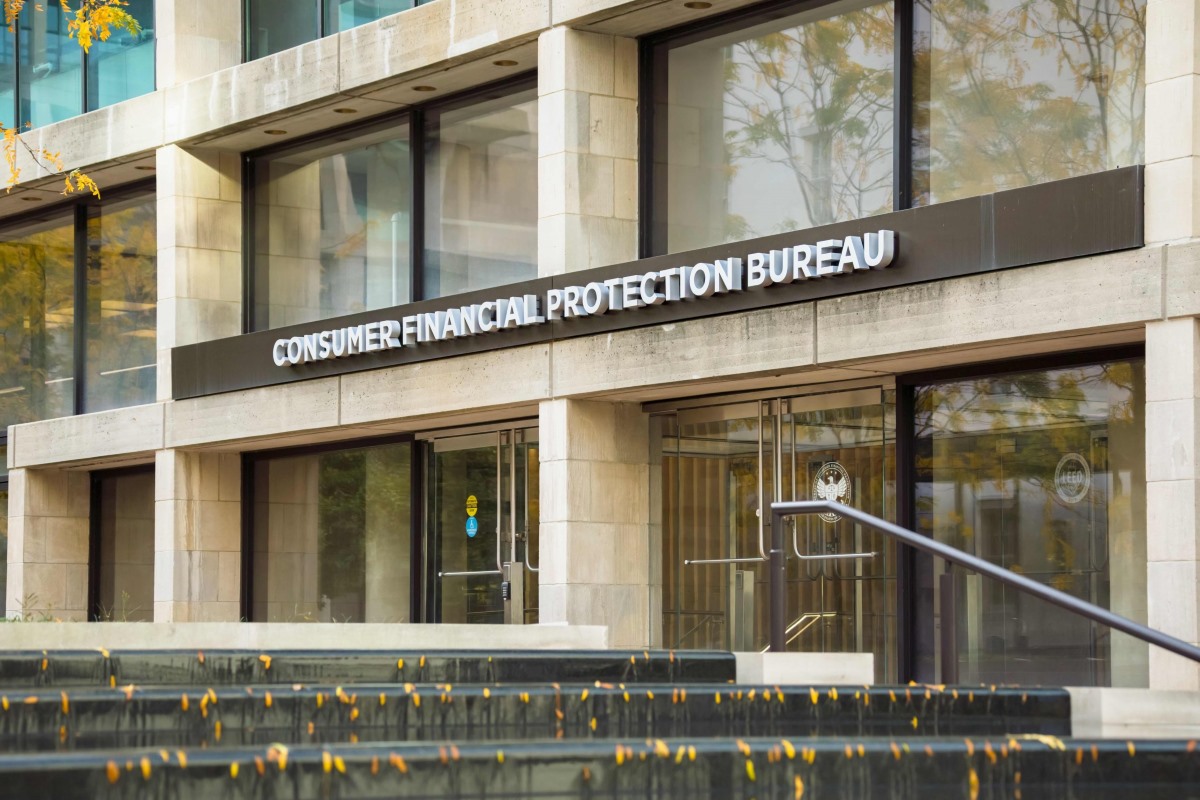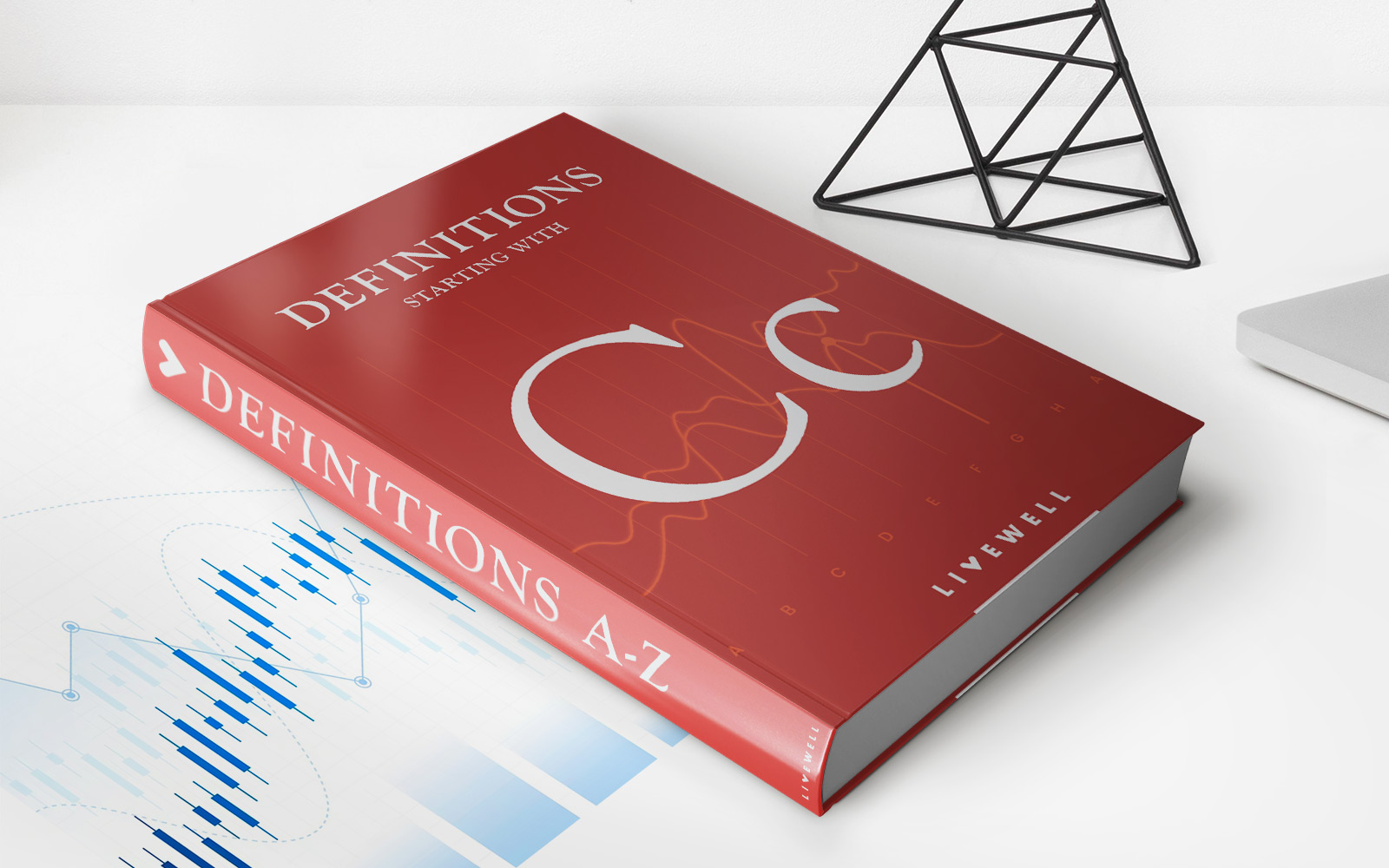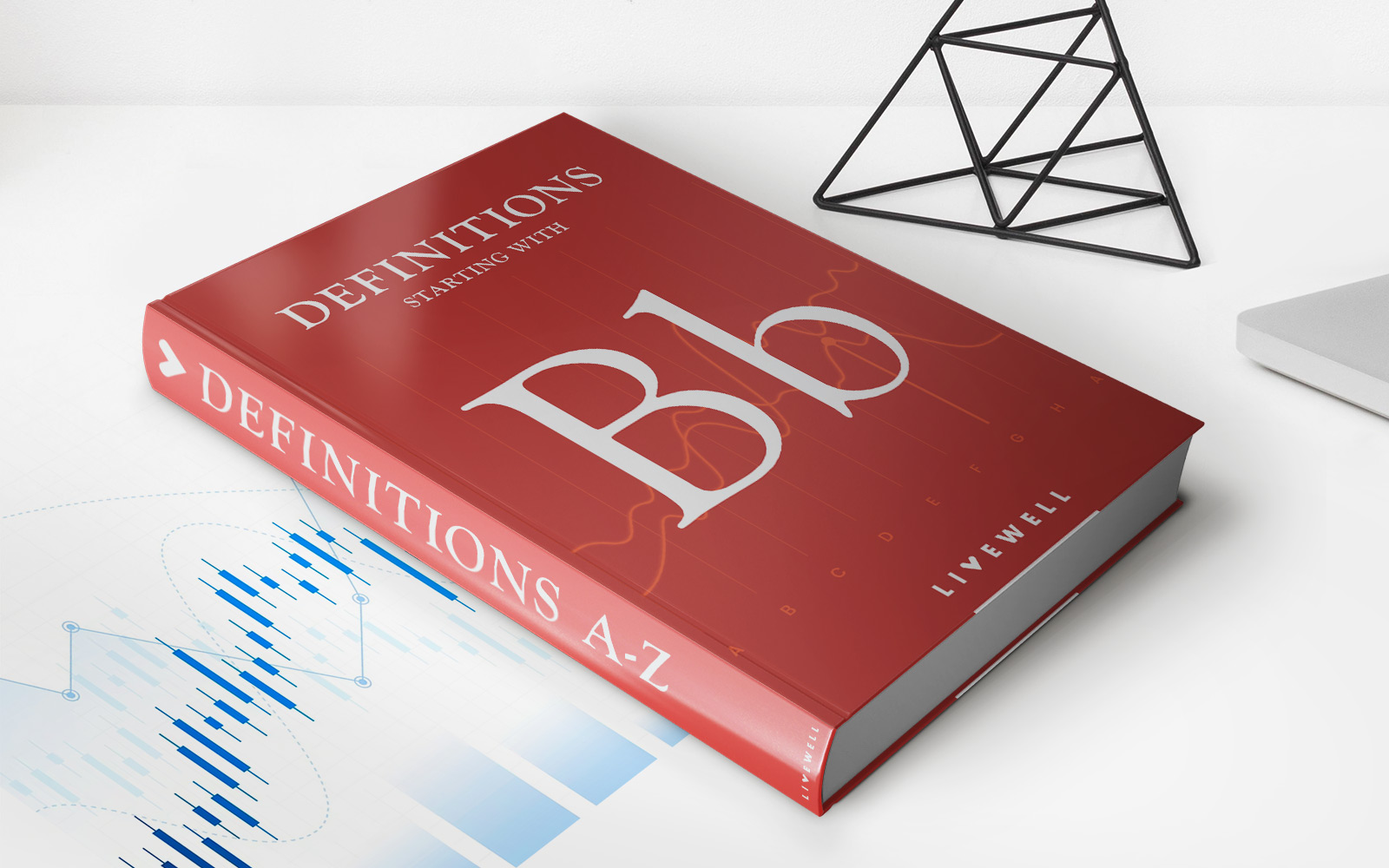Home>Finance>Who Is Responsible For Building Insurance Landlord Or Tenant
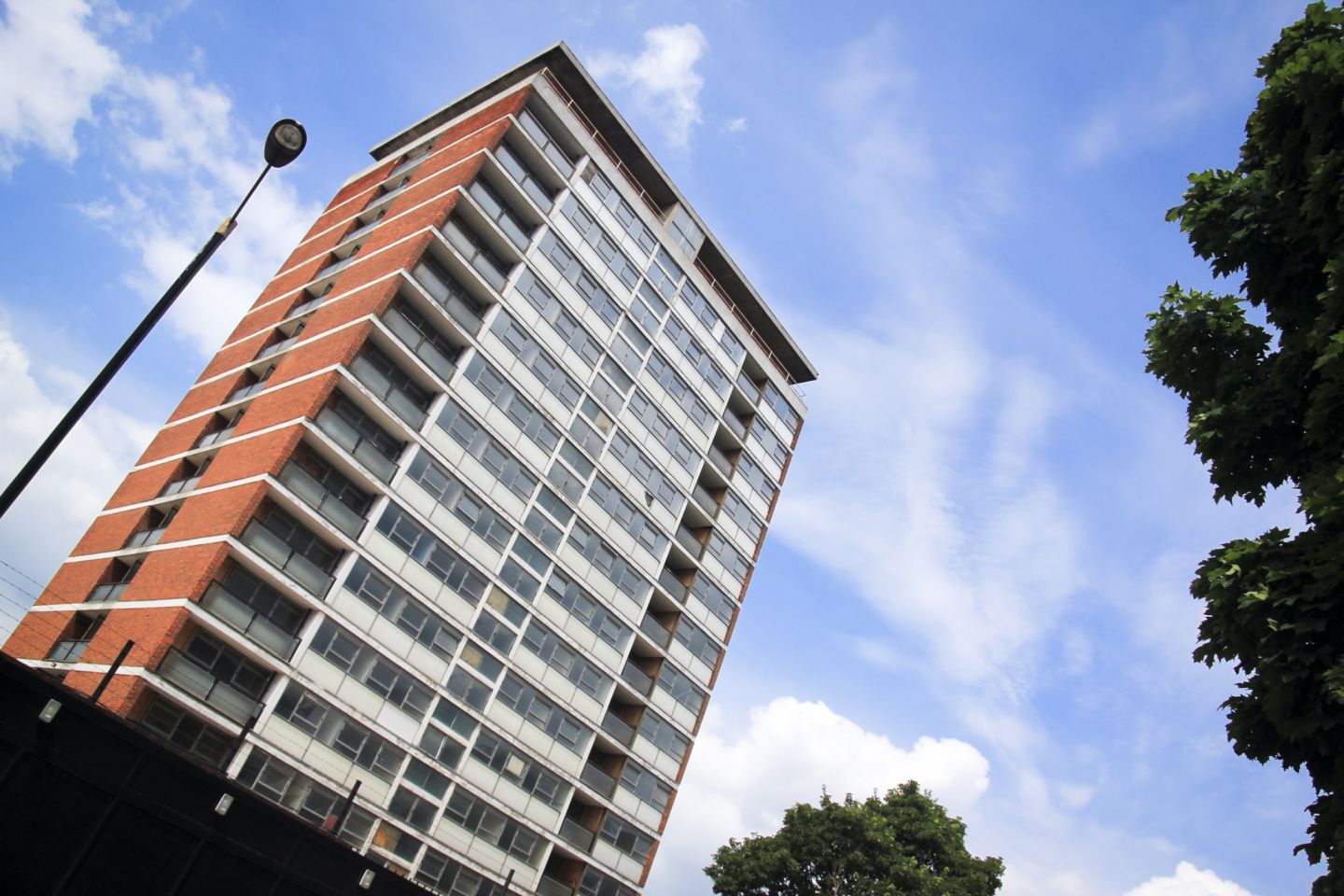

Finance
Who Is Responsible For Building Insurance Landlord Or Tenant
Published: November 13, 2023
Learn about the responsibility of building insurance in finance for landlords and tenants. Find out who is accountable and how it affects your financial situation.
(Many of the links in this article redirect to a specific reviewed product. Your purchase of these products through affiliate links helps to generate commission for LiveWell, at no extra cost. Learn more)
Table of Contents
Introduction
Welcome to our comprehensive guide on building insurance responsibilities between landlords and tenants. If you are a landlord or a tenant, understanding who is responsible for building insurance is crucial for protecting your investment and ensuring you are adequately covered.
Building insurance is a type of insurance that covers the physical structure of a property against various perils, such as fire, flood, storms, and other natural disasters. It provides financial protection by offering compensation for repairs or rebuilding costs in the event of damage or destruction.
However, determining who is responsible for obtaining and maintaining building insurance can often be confusing for both landlords and tenants. The answer depends on various factors, including the terms of the lease agreement, local laws, and the specific circumstances of the property in question.
In general, the responsibility for building insurance falls on the landlord, as they own the property. Landlords typically purchase and maintain the insurance policy to protect their investment and ensure that they can rebuild or repair the property if necessary. The cost of building insurance is usually factored into the rent that the tenant pays.
While landlords are responsible for obtaining the building insurance, tenants also have certain responsibilities when it comes to protecting the property. This includes taking care of the property, promptly reporting any damages or issues, and carrying renter’s insurance to protect their own belongings.
In some cases, the responsibility for building insurance may be shared between the landlord and the tenant, depending on the lease agreement. This is more common in commercial leases or situations where the tenant has made improvements or alterations to the property.
In the following sections, we will delve deeper into the specific responsibilities of both landlords and tenants when it comes to building insurance. By understanding these responsibilities, both parties can ensure they are adequately protected and avoid potential disputes in the future.
Understanding Building Insurance
Building insurance is a vital component of property ownership and leasing. It provides financial protection against potential damage or destruction to the physical structure of a property. This can include the walls, roof, foundation, fixtures, and other permanent parts of the building.
Building insurance typically covers perils such as fire, lightning, explosions, storms, flooding, vandalism, and theft. The extent of coverage may vary depending on the insurance policy and any specific exclusions or limitations mentioned.
The purpose of building insurance is to ensure that the property can be repaired or rebuilt in the event of damage or destruction, minimizing financial losses for the owner. It is not only a legal requirement in many jurisdictions but also a crucial safeguard to protect the value of the property.
When obtaining building insurance, it is essential to accurately assess the property’s value and determine the appropriate level of coverage. This value should include the cost of rebuilding or repair, taking into account factors such as labor, materials, and any associated fees.
In addition to covering physical damage, building insurance may also provide liability coverage. This protects the owner or landlord from legal claims if someone is injured on the property due to negligence or unsafe conditions. It is important to review the insurance policy to understand the specific coverage included.
It is worth noting that building insurance typically does not cover the contents of the property, such as furniture, appliances, or personal belongings. Tenants are responsible for protecting their own belongings through renter’s insurance, which we will discuss in more detail later in this guide.
Without adequate building insurance, property owners may be exposed to significant financial risks. In the event of a covered loss, the insurance policy will provide funds to repair or rebuild the property, ensuring that both the landlord’s and the tenant’s interests are protected.
Now that we have a better understanding of building insurance, let’s explore the specific responsibilities of landlords and tenants when it comes to obtaining and maintaining this essential coverage.
The Responsibilities of the Landlord
As the property owner, the landlord has primary responsibility for obtaining and maintaining building insurance for the property. This is to protect their investment and ensure that they can financially recover in the event of damage or destruction.
The specific responsibilities of the landlord regarding building insurance may vary depending on local laws and the terms of the lease agreement. However, here are some common responsibilities:
- Purchasing the insurance policy: The landlord is responsible for selecting a suitable insurance policy that provides adequate coverage for the property. This includes considering factors like the property’s value, location, and potential risks.
- Paying the premiums: Landlords are typically responsible for paying the insurance premiums to keep the policy active. The cost of the insurance is usually factored into the rent that tenants pay.
- Maintaining the policy: It is the landlord’s duty to ensure that the building insurance policy remains active and up to date. This may involve renewing the policy annually or as required by the insurance provider.
- Providing proof of insurance: Landlords may be required to provide proof of building insurance to tenants, authorities, or other relevant parties upon request.
- Notifying tenants of coverage limitations: If there are any exclusions or limitations in the insurance policy that may impact tenants, landlords should inform them accordingly. This can help tenants understand their responsibilities and the need for additional insurance to protect their belongings.
- Handling insurance claims: In the event of damage or destruction to the property, it is the landlord’s responsibility to initiate and handle the insurance claims process. This may involve coordinating repairs, providing documentation, and communicating with the insurance provider.
It is important for landlords to review the terms of their insurance policy carefully and consult with insurance professionals if needed. Properly understanding the coverage and complying with the insurance requirements will help landlords fulfill their responsibilities and protect their property investment.
Next, let’s discuss the responsibilities of tenants when it comes to building insurance.
The Responsibilities of the Tenant
Tenants also have certain responsibilities when it comes to building insurance, although their primary focus is on protecting their personal belongings and liabilities. Here are the key responsibilities of the tenant regarding building insurance:
- Renter’s insurance: Tenants are typically responsible for obtaining renter’s insurance to protect their personal belongings, such as furniture, electronics, and clothing. Renter’s insurance covers losses due to theft, fire, water damage, and other covered perils. It is important for tenants to accurately assess the value of their belongings and select an insurance policy that provides adequate coverage.
- Maintaining renter’s insurance: Tenants should ensure that their renter’s insurance policy remains active throughout their tenancy. This includes paying the premiums on time and promptly renewing the policy when necessary.
- Informing the landlord: Tenants should inform their landlord about any changes or updates to their renter’s insurance policy, including providing proof of coverage if requested.
- Reporting damages: Tenants have a responsibility to promptly report any damages to the property to their landlord. This includes both minor damages and significant incidents that may trigger an insurance claim.
- Taking care of the property: Tenants should take reasonable care of the property to prevent damages. This includes following the rules outlined in the lease agreement, properly maintaining fixtures and appliances, and promptly addressing any maintenance issues that could lead to further damage.
- Complying with the terms of the lease: Tenants should review their lease agreement carefully to understand any specific requirements or obligations related to insurance. This can include provisions on liability coverage, subletting, or other insurance-related matters.
- Understanding their liability: While building insurance primarily covers the physical structure, tenants should be aware of their liability for damages they may cause to the property or injury to others while on the premises. Renter’s insurance often includes liability coverage to protect tenants from potential legal claims.
By fulfilling these responsibilities, tenants can ensure that they are adequately protected and mitigate any potential disputes with their landlord. It is important for tenants to communicate openly with their landlord and seek clarification on any insurance-related matters.
Next, let’s explore situations where the responsibilities for building insurance may be shared between the landlord and the tenant.
Joint Responsibilities
In some situations, the responsibilities for building insurance may be shared between the landlord and the tenant. This often occurs in commercial leases or when the tenant has made improvements or alterations to the property. Here are some examples of joint responsibilities:
- Shared insurance cost: In certain lease agreements, the landlord and tenant may agree to split the cost of building insurance. This can happen when the tenant has a long-term lease or is responsible for a significant portion of the property’s maintenance and repairs.
- Improvements and alterations: If the tenant has made substantial improvements or alterations to the property, such as building extensions or installing expensive fixtures, they may be required to insure these additions through a separate policy. The tenant is responsible for the cost and maintenance of this additional insurance.
- Liability coverage: While landlords typically have liability coverage through the building insurance policy, tenants may also have a separate liability insurance policy. This can be important in cases where the tenant’s business activities or operations pose unique liability risks.
- Loss assessment coverage: In some cases, the building insurance policy may include a provision for loss assessment coverage. This coverage protects both the landlord and the tenant from special assessments by the insurance company in the event of a covered loss.
- Notifying each other: Both landlords and tenants should inform each other promptly about any changes or updates to their respective insurance policies. This ensures that both parties are aware of the coverage in place and can take appropriate action if needed.
In these situations, it is crucial for landlords and tenants to have open and clear communication to avoid misunderstandings or gaps in coverage. It is recommended to have these shared responsibilities documented in the lease agreement to ensure both parties are aware of their obligations.
Now let’s address insurance coverage for the tenant’s belongings, which is a separate aspect of building insurance.
Insurance for Tenants’ Belongings
While building insurance primarily covers the physical structure of a property, it does not typically protect the belongings of tenants. Therefore, tenants are responsible for obtaining their own insurance to protect their personal belongings in case of damage or theft.
Renter’s insurance, also known as tenant insurance or contents insurance, is designed specifically for tenants and provides coverage for their personal possessions. This type of insurance offers financial protection in the event of damage or loss caused by perils such as fire, theft, water damage, or vandalism. It can also include liability coverage in case someone is injured on the premises and holds the tenant responsible.
When obtaining renter’s insurance, tenants should consider the value of their belongings and select an appropriate coverage amount. This can include furniture, electronics, appliances, clothing, and other personal items. It is essential to provide accurate information to the insurance provider to ensure adequate coverage.
Renter’s insurance also extends beyond the physical location of the rental property. It typically covers belongings even when they are outside the premises, such as when traveling or temporarily storing possessions in a different location. This provides flexibility and peace of mind for the tenant.
It is important for tenants to review the terms and conditions of the renter’s insurance policy carefully. This includes understanding the coverage limits, deductibles, exclusions, and any special endorsements or additional coverage options available.
Additionally, tenants should inform their insurance provider about any high-value items they own, such as jewelry, art, or collectibles. Special coverage may be required for these items to ensure they are adequately protected.
By obtaining renter’s insurance, tenants can safeguard their belongings and have financial protection in case of unforeseen events. It is advisable for tenants to maintain their renter’s insurance throughout the duration of their tenancy and promptly renew the policy when necessary.
Now, let’s address some common disputes between landlords and tenants regarding building insurance and how to resolve them.
Common Disputes and How to Resolve Them
When it comes to building insurance, disputes between landlords and tenants can arise due to misunderstandings, differing interpretations of lease agreements, or negligence in fulfilling responsibilities. Here are some common disputes and steps to resolve them:
- Disagreements over responsibility: One common dispute is determining who is responsible for obtaining and maintaining building insurance. To avoid conflicts, it is crucial for both parties to clearly outline their respective responsibilities in the lease agreement. If a dispute arises, reviewing the lease agreement and seeking legal advice can help reach a resolution.
- False or insufficient insurance: In some cases, a tenant may provide false information about their renter’s insurance coverage or fail to maintain an adequate policy. Landlords should request proof of insurance from tenants and verify the details. If a tenant is found to have provided false information or does not have sufficient coverage, the landlord may require the tenant to obtain appropriate insurance or face lease violation consequences.
- Delays in filing insurance claims: When damage occurs to the property, both landlords and tenants may have a role in filing an insurance claim. Delays in reporting and initiating the claims process can cause frustration and financial burdens. It is essential for both parties to promptly communicate any damages and work cooperatively to initiate the claims process as soon as possible.
- Disputes over claim settlements: Sometimes, disputes arise between landlords and tenants regarding the settlement of an insurance claim. This can involve disagreements on the extent of repairs, the choice of contractors, or the allocation of funds. It is advisable for both parties to engage in open communication, provide documentation, and, if necessary, seek mediation or legal assistance to reach a fair resolution.
- Failure to comply with insurance requirements: If a tenant fails to comply with their insurance obligations as outlined in the lease agreement, the landlord may have grounds for lease termination or other consequences. However, it is important for landlords to follow legal procedures and consult with legal professionals to ensure compliance with local laws.
Resolving disputes related to building insurance requires clear communication, documentation, and a willingness to find mutually agreeable solutions. It is beneficial for both landlords and tenants to maintain a positive relationship and establish open lines of communication to address any insurance-related issues.
In case of persistent disputes or legal complexities, seeking advice from an attorney with expertise in real estate or insurance law can provide guidance and help navigate the resolution process.
Now, let’s conclude our guide on building insurance responsibilities between landlords and tenants.
Conclusion
Understanding building insurance responsibilities is essential for both landlords and tenants to ensure adequate protection and avoid potential disputes. While landlords typically hold primary responsibility for obtaining and maintaining building insurance, tenants also have important roles and obligations in protecting their belongings and liabilities.
Landlords are responsible for purchasing and maintaining the building insurance policy, paying the premiums, and handling insurance claims. They must also inform tenants about coverage limitations and provide proof of insurance when required.
Tenants, on the other hand, are responsible for obtaining renter’s insurance to protect their personal belongings and liabilities. They should promptly report damages, take care of the rental property, and comply with insurance requirements outlined in the lease agreement.
In some cases, building insurance responsibilities may be shared between landlords and tenants, such as when tenants have made improvements or alterations to the property. In such situations, it is important to have clear communication and documentation to avoid disputes.
Disputes related to building insurance can arise, but they can be resolved through open communication, reviewing lease agreements, seeking legal advice when necessary, and working cooperatively to reach fair resolutions. Promptly reporting damages and adhering to insurance requirements can help minimize conflicts.
Ultimately, building insurance protects the interests of both landlords and tenants. It provides financial security in the event of damage or destruction to the property and offers peace of mind. By understanding their respective responsibilities and fulfilling them, both landlords and tenants can maintain a positive, mutually beneficial relationship while ensuring their property and belongings are well-protected.
If you have any specific questions or concerns regarding building insurance, it is advisable to consult with an insurance professional or legal expert who can provide personalized advice based on your unique situation.





